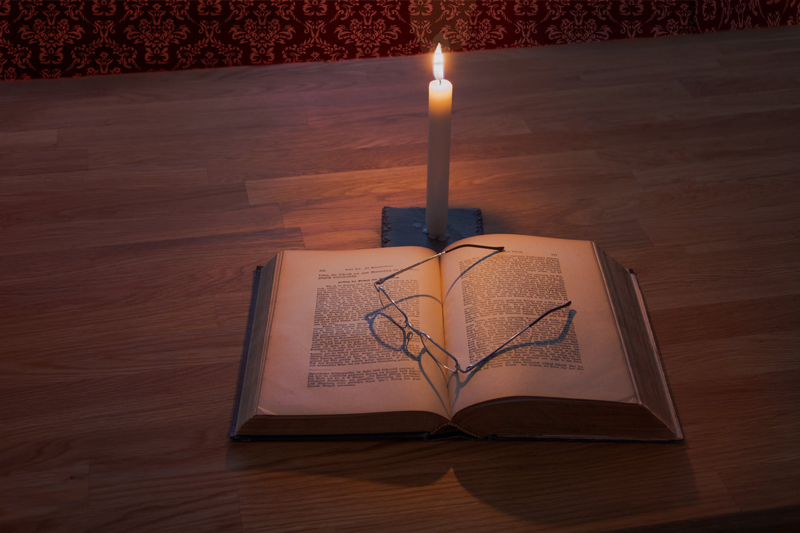Hard-Boiled Crime Fiction

In the early 1920’s British author, Agatha Christie, was instrumental in the rise of the cozy mystery genre during the Golden Age of detective fiction.
During that time, Al Capone and other mobsters played a prominent role in the landscape of America following WWI. Between the two wars, another genre rose out of the ashes of prohibition, the collapse of Wall Street, and the Great Depression of the 1930’s. Known as hard-boiled or pulp fiction, the American side of the ocean was going through difficult times and the stories and novels reflected those experiences.
Instrumental in bringing this new type of story to the public was The Black Mask magazine. Created in 1920, the magazine welcomed the best of all types of writing including adventure, mystery and detective, romance, and love stories. After the original publishers sold the magazine for a profit, Joseph Thompson Shaw became editor. He quickly realized the popularity of the hard-boiled style, changed the magazine’s name to Black Mask, and focused on serials and stories by such authors as Carroll John Daly and his private detective, Race Williams.
Dashiell Hammett, Raymond Chandler, and Earle Stanley Gardner soon followed him. Hammett’s Sam Spade and Chandler’s Philip Marlowe became popular fictional anti-heroes of the time. Other authors of the genre were Ross Macdonald’s (Kenneth Miller) Lew Archer, Mickey Spillane and his Mike Hammer stories, and John D. MacDonald’s Travis McGee, among many other writers.
By the 1930’s, Black Mask was thriving. The writers wrote in a style that included sparse prose, no-nonsense protagonists, tough thugs, and tougher private eyes. The detectives dealt with the circumstances of the time surrounded by evil, poverty, and death. Many times the PI crossed the line when necessary, breaking the law to bring a perpetrator to justice. Their motto was to shoot first and ask questions later. Critics hated the stories, but the public loved them, and they drew many male readers.
In the cozy mysteries, the murder was usually committed off the page. In pulp, or hard-boiled fiction, the murder was central to the story and no longer off stage. The stories focused on the criminals and not the crime itself. The lone detective was beat up, shot at, but always survived the harsh elements. Most stories took place in big cities as the investigators dealt with brutal criminals and corrupt power.
By the mid-1930, the pulp fiction stories began to fade away as comic books, cheap paperbacks, movies, and radio shows became more popular. Black Mask was discontinued in 1952, although there are present day authors who still follow the genre.
During that time, Al Capone and other mobsters played a prominent role in the landscape of America following WWI. Between the two wars, another genre rose out of the ashes of prohibition, the collapse of Wall Street, and the Great Depression of the 1930’s. Known as hard-boiled or pulp fiction, the American side of the ocean was going through difficult times and the stories and novels reflected those experiences.
Instrumental in bringing this new type of story to the public was The Black Mask magazine. Created in 1920, the magazine welcomed the best of all types of writing including adventure, mystery and detective, romance, and love stories. After the original publishers sold the magazine for a profit, Joseph Thompson Shaw became editor. He quickly realized the popularity of the hard-boiled style, changed the magazine’s name to Black Mask, and focused on serials and stories by such authors as Carroll John Daly and his private detective, Race Williams.
Dashiell Hammett, Raymond Chandler, and Earle Stanley Gardner soon followed him. Hammett’s Sam Spade and Chandler’s Philip Marlowe became popular fictional anti-heroes of the time. Other authors of the genre were Ross Macdonald’s (Kenneth Miller) Lew Archer, Mickey Spillane and his Mike Hammer stories, and John D. MacDonald’s Travis McGee, among many other writers.
By the 1930’s, Black Mask was thriving. The writers wrote in a style that included sparse prose, no-nonsense protagonists, tough thugs, and tougher private eyes. The detectives dealt with the circumstances of the time surrounded by evil, poverty, and death. Many times the PI crossed the line when necessary, breaking the law to bring a perpetrator to justice. Their motto was to shoot first and ask questions later. Critics hated the stories, but the public loved them, and they drew many male readers.
In the cozy mysteries, the murder was usually committed off the page. In pulp, or hard-boiled fiction, the murder was central to the story and no longer off stage. The stories focused on the criminals and not the crime itself. The lone detective was beat up, shot at, but always survived the harsh elements. Most stories took place in big cities as the investigators dealt with brutal criminals and corrupt power.
By the mid-1930, the pulp fiction stories began to fade away as comic books, cheap paperbacks, movies, and radio shows became more popular. Black Mask was discontinued in 1952, although there are present day authors who still follow the genre.
You Should Also Read:
Cozy Mysteries

Related Articles
Editor's Picks Articles
Top Ten Articles
Previous Features
Site Map
Follow @MysteryBooksEd
Tweet
Content copyright © 2023 by Edie Dykeman. All rights reserved.
This content was written by Edie Dykeman. If you wish to use this content in any manner, you need written permission. Contact Edie Dykeman for details.


